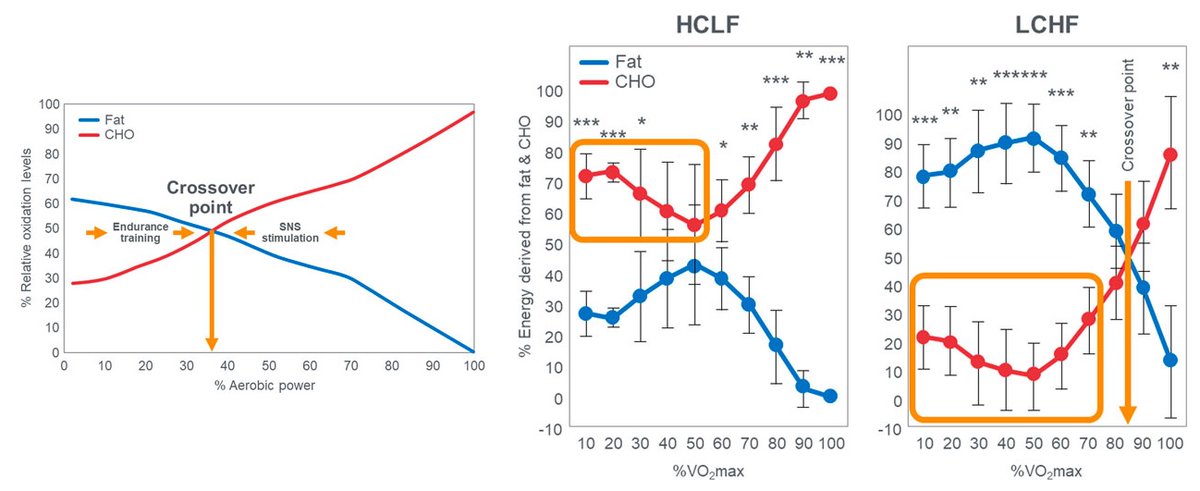
Contrary to other studies, in this Spanish population with high cardiovascular risk, higher cardiovascular health score using the American Heart Association's Life’s Simple 7 metrics was associated with a decreased risk of incident atrial fibrillation in lean individuals only.
- The American Heart Association’s Life’s Simple 7 health score consists of 7 modifiable metrics: physical activity, diet, smoking status, BMI, systolic blood pressure, fasting plasma glucose, and cholesterol.
- This study used data from the PREDIMED study, a randomized, controlled, multicenter trial conducted in Spain, that recruited individuals with no previous cardiovascular disease but at high cardiovascular risk.
The individuals' mean age was ~67 years.
- In this prospective analysis, no statistically significant association between the ideal cardiovascular health metrics proposed by the American Heart Association in the Life’s Simple 7 index and the risk of atrial fibriallation was observed.
- However, in individual analyses of each Life’s Simple 7 component, a 64% relative reduction of incident atrial fibrillation was observed, but only among those participants that met the ideal health criteria for low body mass index (<25 kg/m2).
American Heart Association's life simple 7 and the risk of atrial fibrillation in the PREDIMED study cohort (open access)
doi.org/10.1016/j.nume…
#nutrition #diet #sleep #MetabolicSyndrome #InsulinResistance #Cholesterol #Obesity #Hypertension #smoking #exercise #Triglycerides
doi.org/10.1016/j.nume…
#nutrition #diet #sleep #MetabolicSyndrome #InsulinResistance #Cholesterol #Obesity #Hypertension #smoking #exercise #Triglycerides
• • •
Missing some Tweet in this thread? You can try to
force a refresh
 Read on Twitter
Read on Twitter








